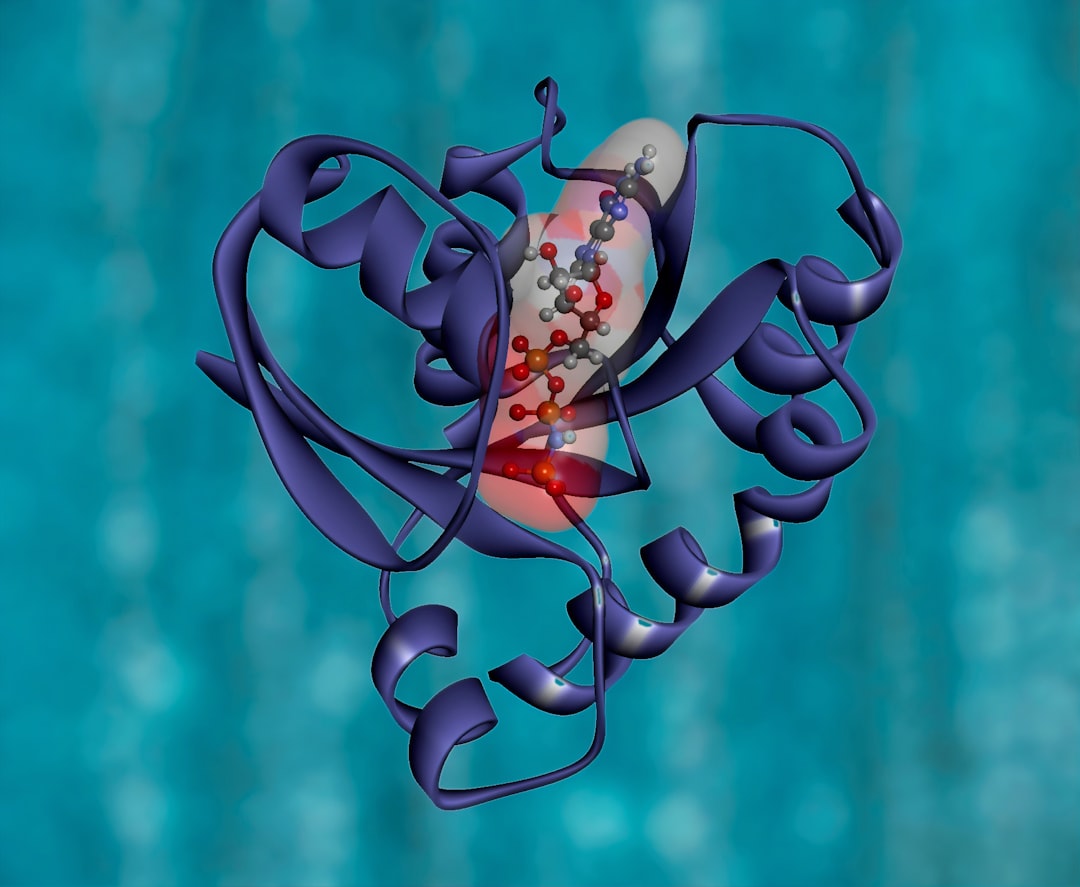What is it about?
Nationwide, litigation currently plays a far smaller role as a corrections oversight mechanism than in decades past, a change largely caused by the 1996 Prison Litigation Reform Act (PLRA). Yet no such decline is evident in the nation’s most populous state, California, where prisoners’ rights litigation remains enormously influential and was the trigger to the criminal justice “Realignment” that is the subject of this volume. Indeed, every prison in California is subject to numerous ongoing court orders governing conditions of confinement. This article examines why California is different. It argues that California’s very large bar includes a critical mass of highly expert prisoners’ rights lawyers. Working for both nonprofits and for-profit firms, they benefited from a pipeline of large-scale, pre-PLRA, fees-paying cases that sustained them while they learned to cope with the statutory obstacles. And the Ninth Circuit’s hospitable bench awarded them some favorable fee-related rulings in support of their coping strategies. In short, they learned how to—just barely—maintain a prisoners’ rights docket, notwithstanding very substantial financial hurdles. They continue to litigate old and new cases, but ongoing challenges pose a real threat to the fragile litigation ecosystem they have created.
Featured Image
Read the Original
This page is a summary of: The Just Barely Sustainable California Prisoners’ Rights Ecosystem, The Annals of the American Academy of Political and Social Science, February 2016, SAGE Publications,
DOI: 10.1177/0002716215598972.
You can read the full text:
Contributors
The following have contributed to this page










